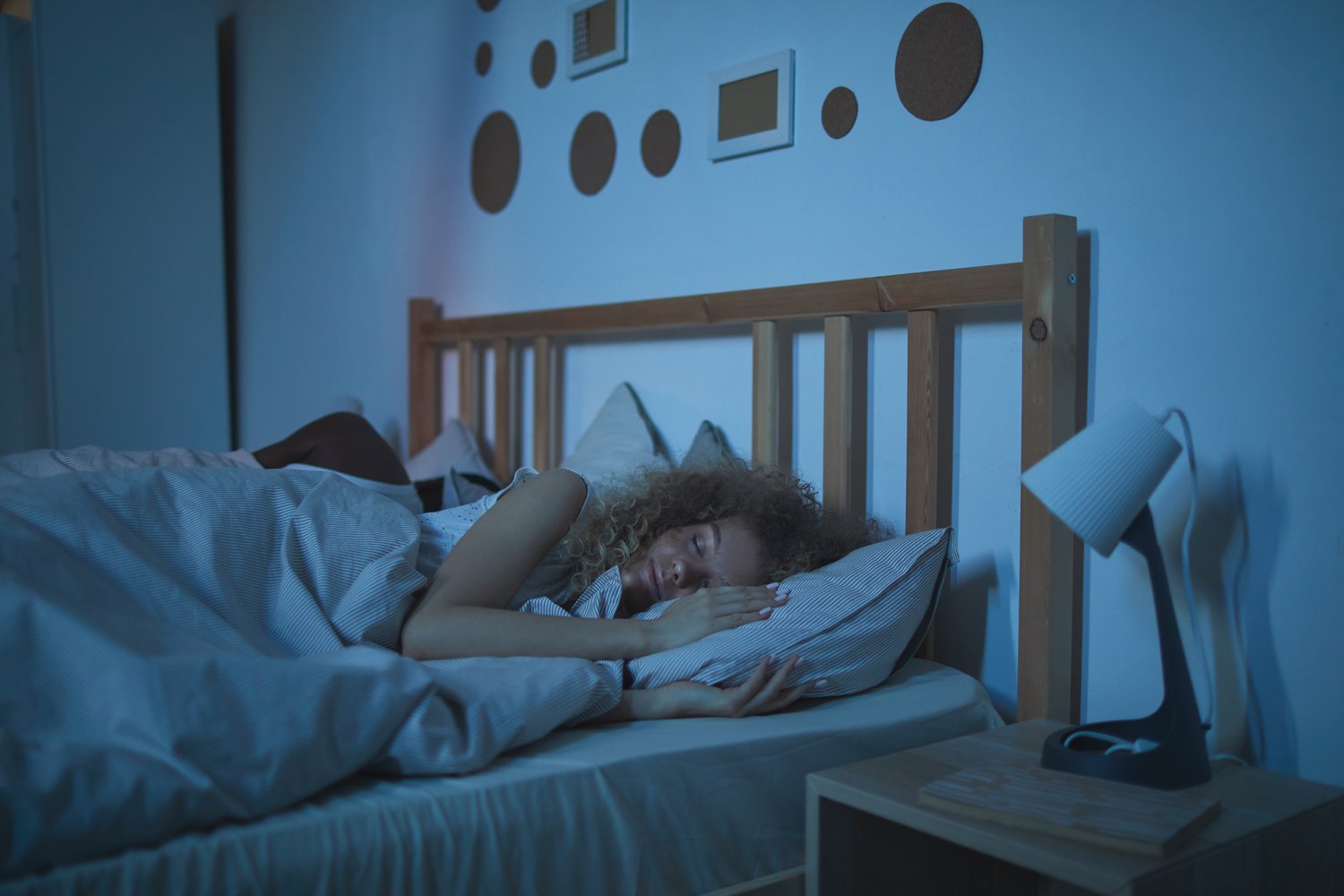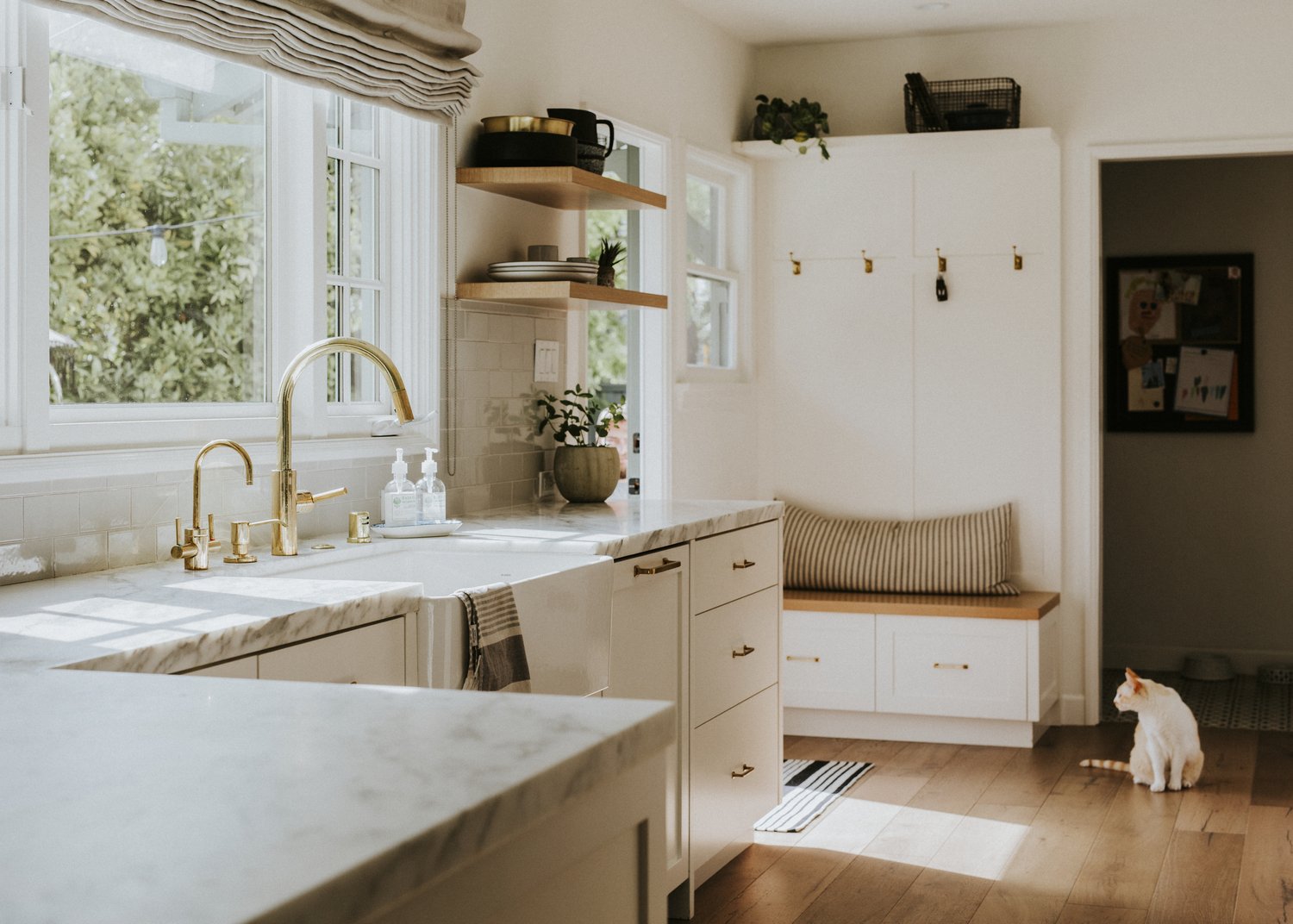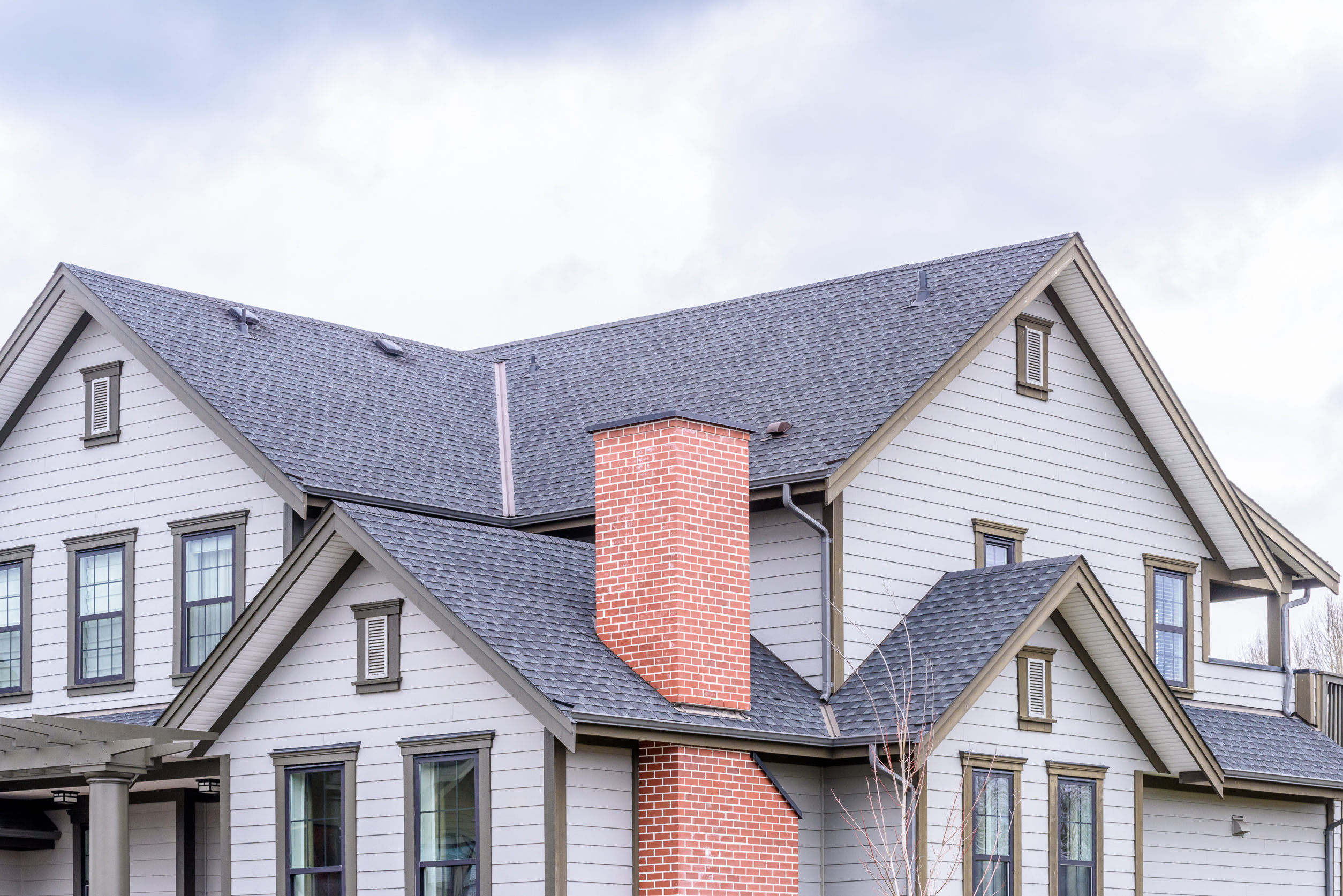In our fast-paced world, having a tranquil space to retreat to at night is essential for quality sleep and overall wellbeing. Your bedroom should serve as more than just a place to sleep—it should be a sanctuary that promotes relaxation and rest. By thoughtfully considering elements like lighting, temperature, bedding, and organization, you can optimize bedroom sleep quality and transform your space into a calming haven. This article explores practical ways to create a sleep sanctuary that encourages deeper, more restorative sleep.
The Impact of Lighting on Sleep Quality
Lighting plays a crucial role in regulating our circadian rhythm—the internal clock that tells our bodies when to be alert and when to rest. To create a sleep sanctuary, consider installing dimmer switches that allow you to gradually reduce light intensity as bedtime approaches. Harsh overhead lighting can stimulate the brain and make it difficult to wind down, so opt for soft, warm-toned bedside lamps instead. Blackout curtains or blinds are essential relaxing bedroom ideas that prevent street lights and early morning sunlight from disrupting your sleep. For nighttime bathroom trips, consider installing small motion-activated night lights rather than turning on bright overhead fixtures that can fully wake you. Some people also benefit from sunrise alarm clocks that gradually increase light in the morning, helping to regulate the body’s natural wake cycle in a gentle manner.
Finding Your Optimal Sleep Temperature
Temperature significantly impacts sleep quality and is often overlooked when attempting to optimize bedroom sleep conditions. Most sleep experts recommend keeping your bedroom between 60-67°F (15-19°C) for optimal rest. Your body naturally cools down as it prepares for sleep, and a cool room supports this natural process. Consider investing in a programmable thermostat that automatically lowers the temperature at bedtime. If you share a bed with someone who has different temperature preferences, dual-zone bedding or mattresses with separate temperature controls can be helpful. During warmer months, ceiling fans or bedside fans provide both cooling and gentle white noise that can enhance your sleep environment. As AskHomey experts suggest, proper insulation and weatherstripping around windows and doors can also help maintain a consistent temperature throughout the night.
Selecting Bedding for Comfort and Relaxation
Your bed is the centerpiece of your sleep sanctuary, and selecting the right components makes a tremendous difference in sleep quality. Start with a supportive mattress that suits your preferred sleeping position and body type—side sleepers often need softer surfaces that cushion pressure points, while back and stomach sleepers typically benefit from firmer support. Pillows should keep your head and neck aligned with your spine, and may need to be replaced every 1-2 years as they lose support. When implementing calming bedroom design principles, choose bedding in soothing, muted colors that promote relaxation. Natural fabrics like cotton, linen, and bamboo wick moisture away from the body and regulate temperature better than synthetic materials. Consider seasonal bedding adjustments, using lightweight options in summer and layering with warmer materials during colder months. The weight and texture of your bedding can also influence how quickly you fall asleep—some people find weighted blankets provide comforting pressure that reduces anxiety and improves sleep quality.
Decluttering for Mental Calm
A cluttered bedroom creates a cluttered mind. Visual chaos can make it difficult to relax and can subconsciously increase stress levels as you try to fall asleep. To create a sleep sanctuary, be ruthless about what belongs in your bedroom. Dedicate time to organizing your closets and drawers to prevent overflow into your sleeping space. Consider minimalist storage solutions that keep necessary items accessible but out of sight. Remove work-related materials, exercise equipment, and electronics when possible, as these can trigger thoughts of daytime responsibilities. Nightstands should only contain essentials like reading materials, a glass of water, and perhaps gentle sleep aids like lavender spray. Many people find that implementing the “clear surface” rule helps maintain calm—keep flat surfaces like dressers and vanities mostly empty, with just a few meaningful decorative items that bring joy and relaxation.
Addressing Noise and Air Quality
Sound and air quality are often overlooked aspects of optimizing bedroom sleep environments. If outside noise is an issue, consider white noise machines, fans, or air purifiers that provide consistent background sound to mask disruptive noises. Fabric wall hangings, rugs, and upholstered furniture can also help absorb sound within the room. For air quality, houseplants like snake plants and peace lilies naturally filter air and add a touch of nature to your relaxing bedroom ideas. Regular dusting and vacuuming with a HEPA-filter vacuum reduces allergens that can disturb sleep. Consider washing bedding weekly in hot water to eliminate dust mites, and using hypoallergenic mattress and pillow protectors for additional protection.
Creating Bedtime Rituals in Your Sanctuary
Your carefully designed sleep sanctuary becomes even more effective when paired with consistent bedtime rituals. Consider incorporating gentle stretching, reading physical books (rather than screens), journaling, or meditation into your nightly routine. Essential oil diffusers with sleep-promoting scents like lavender, chamomile, or cedarwood can signal to your brain that it’s time to wind down. Keep electronics outside the bedroom or at least turned off an hour before sleep to reduce exposure to sleep-disrupting blue light. Your bedroom should become associated with relaxation and rest, reinforcing the psychological connection between your space and quality sleep.
For more tips and to connect with reliable home service professionals, follow AskHomey on Facebook and Instagram.



